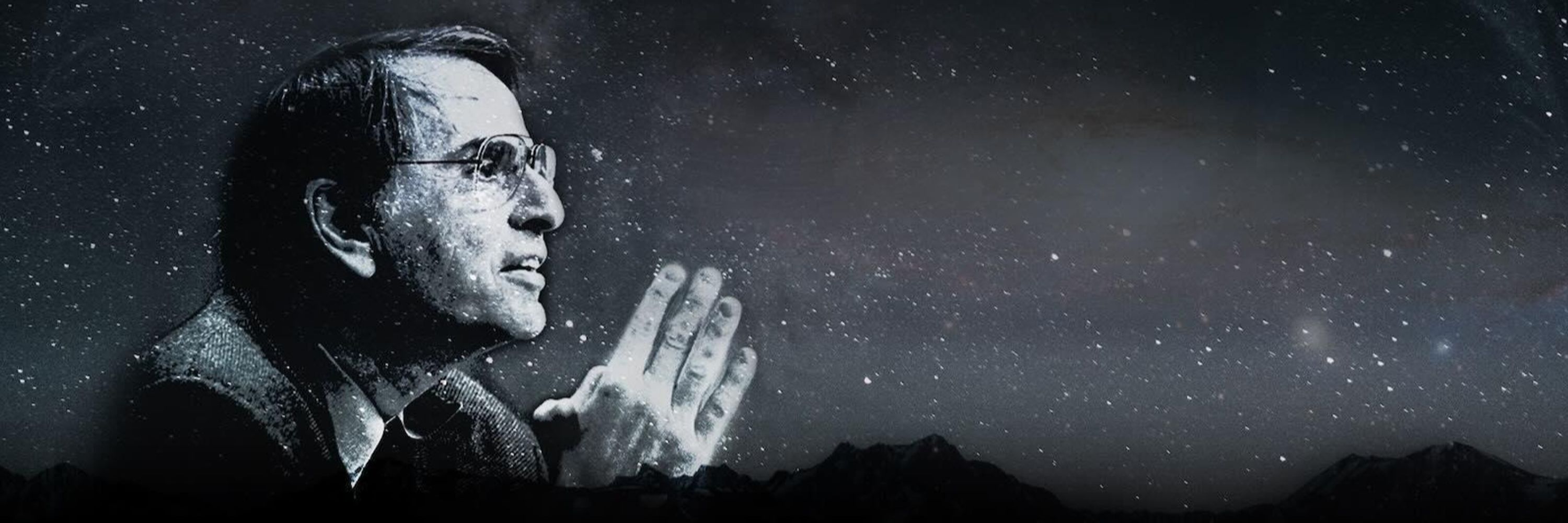
https://carlsaganinstitute.cornell.edu/
Paper 1: academic.oup.com/mnras/articl...
Follow-up: academic.oup.com/mnras/articl...

Paper 1: academic.oup.com/mnras/articl...
Follow-up: academic.oup.com/mnras/articl...







We’ve found worlds orbiting all sorts of stars, from tiny, slow-burning reds to fast-living blue-whites to middle-of-the-road, prime-of-their-life yellows like our own...

We’ve found worlds orbiting all sorts of stars, from tiny, slow-burning reds to fast-living blue-whites to middle-of-the-road, prime-of-their-life yellows like our own...








alphacubesat.cornell.edu


alphacubesat.cornell.edu
Read more: carlsaganinstitute.cornell.edu/news/there-w...
(Papers also linked in article)!

Read more: carlsaganinstitute.cornell.edu/news/there-w...
(Papers also linked in article)!




Signs of alien life? Not yet...
Take a look for yourself at real data in the James Webb Space Telescope graph, and read more about it below! 🔭

Signs of alien life? Not yet...
Take a look for yourself at real data in the James Webb Space Telescope graph, and read more about it below! 🔭
(Stay tuned for more CSI research spotlights!)

(Stay tuned for more CSI research spotlights!)


It takes a few steps to determine the how detectable oxygen is on ”alien dinosaur” planets. First, you need to choose a model for the levels of gases in the atmosphere over time. Billions of years of history are hard to predict!

It takes a few steps to determine the how detectable oxygen is on ”alien dinosaur” planets. First, you need to choose a model for the levels of gases in the atmosphere over time. Billions of years of history are hard to predict!

